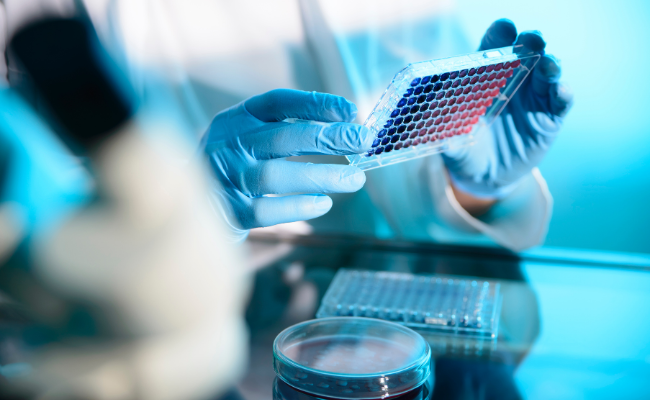Scientists Create Robots to Inspect and Manipulate Cells
Scientists have made groundbreaking advances in the field of cellular research, creating robots that are capable of inspecting and manipulating cells.
A group of researchers from the Tel Aviv University in Israel has developed a tiny micro-bot that can scan the cells of an individual to determine if they are healthy or in need of medical attention.
This discovery highlights the incredible advances in robotics and biotechnology, making it possible for scientists to explore the complexities of cellular biology in newer ways.
Current Methods for Inspecting and Manipulating Cells
Over the years, there have been various methods used to inspect and manipulate cells, some of which are:
Microscopy: This is a process of observing cells and their structures at high magnification. There are different types of microscopy, such as light, electron, and confocal, all of which provide unique resolution levels and details.
Scientists Build Tiny Robots That Can Inspect, Manipulate Your Cells https://t.co/pJOl8erorH
— 🇺🇦Evan Kirstel #B2B #TechFluencer (@EvanKirstel) April 2, 2023
Cell Culture: This procedure involves growing cells outside the body in a controlled environment. Researchers can manipulate cell growth and observe how cells respond to different conditions or treatments.
Genetic Manipulation: This involves altering the genetic material within cells to observe the effects on cell behavior or structure. Techniques such as CRISPR-Cas9 have revolutionized the ability to edit genes and study their function.
You may also like: Newfound ocean bacteria could hold the key to finding extraterrestrial life
These are just a few of the current cell inspection and manipulation methods. Each method has advantages and limitations, and researchers may use various techniques to answer their research questions.
What are the Limitations of these Methods?
While the above-listed methods are instrumental in studying cells, they also have some limitations:
Limited resolution: Even the most advanced microscopy techniques have limitations in terms of resolution. This can make it difficult to study specific structures or molecules within cells.
Invasiveness: Many of the current techniques ask for the physical manipulation of cells. These are genetic manipulation or lab-grown cell culture. It can alter the behavior or structure of the cells and make it difficult to study them in their natural state.
As a result of these limitations, there is a need for new technology to overcome these challenges and improve our ability to study cells. And the recent development of robots to inspect and manipulate cells represents a potential solution to some of these challenges.
The Study

Lead author and biomedical engineering professor at Tel Aviv University, Gilad Yossifon, said, “Developing the micro-robot’s ability to move autonomously was inspired by biological micro-swimmers like bacteria and sperm cells.”
“This is an innovative area of research that is developing rapidly, with a wide variety of uses in fields such as medicine and the environment and as a research tool,” he added.
Other members of this research team include Dr. Yue Wu, a Post-doctoral researcher, and student Sivan Yakov, together with Dr. Afu Fu, from the Technion, Israel Institute of Technology.
The researchers used the micro-bot to reveal its abilities and to capture individual cancer and blood cells in a single bacterium. The tests showed that the bot could identify a dying and healthy cell. It will then move the identified cell to where the team can analyze it further.
Impact and Implications
Prof. Yossifon revealed that this new development focuses on advancing technology specifically in two main areas. They are hybrid navigation and propulsion by two different mechanisms – electric and magnetic.
He also said, “the micro-robot has an improved ability to identify and capture a single cell, without the need for tagging, for local testing or retrieval and transport to an external instrument.”
Furthermore, the researchers have explained the importance of the hybrid propulsion mechanism of the micro-robot in physiological environments like the ones found in liquid biopsies.
Related Articles
Expert Insights: The Fascinating Science of True Crime Obsession
Future Directions
Prof. Yossifon promises that this new research will be effective in areas like medical diagnosis at the single-cell level. Since the team conducted this experiment on biological samples in the laboratory, they plan to improve upon it.
They plan to develop a microbot that can operate inside the human body. It will function more like an effective drug carrier that can be guided precisely to the target.
The development of robots for inspecting and manipulating cells is an exciting advancement in the field of cell biology. This new technology has the potential to overcome many of the limitations of current methods.
It will include invasiveness and limitations throughout and provide researchers with new insights into the behavior and structure of cells.

